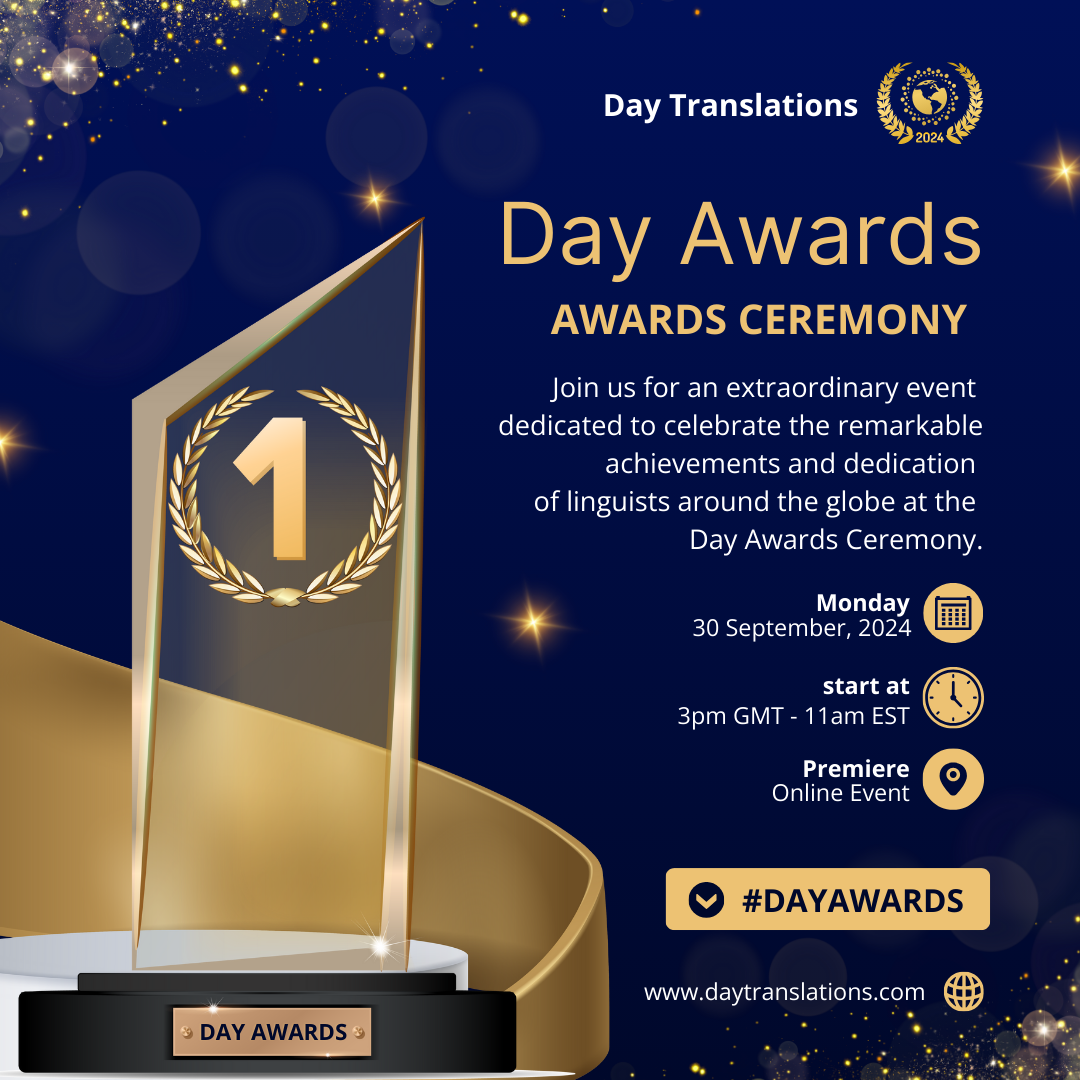This article is in partnership with Day Translations.
In the third issue of The Linguist Magazine published in July 2024, Day Translations featured an in-depth discussion on the ways a language services company can market its services.
Quoting market reports about language services reaching $60 billion in 2024 and growing at a rate of more than 6% each year, The Linguist Magazine sees the provision of language translation, interpretation and localisation services as a booming sector. The website Fact.MR says that the global market for language services was $60.6 billion in 2022, up from $54 billion in 2021, and is expected to reach almost $100 billion 10 years later in 2032.
In the U.S. the federal government alone spends between $700 million and $800 million in outsourced language services. The U.S. as a whole represents 41% of the global market for language services.
Technical translations make up 90% of all the global translations: it includes translating user guides, technical specifications, manuals, reports and legislation documents. Localisation services make up the largest part of the demand for language services, totalling approximately ¼ of the total market.
Day Translations, while acknowledging that there are many opportunities in a growing market, looks at some of the challenges that language services companies may encounter.
Challenges to Language Services
The article lists a number of challenges to language services, putting AI and other similar technologies further down the list after awareness and understanding, standing out from the crowd and quality assessement.
Digitalisation has been a key driver to the adoption of language services, as consumers and businesses interact with websites in the selection of products and services or trading partners.
So, what are the other key challenge that Day Translations has identified? Pricing was highlighted as a major point of friction. How do language services companies stay competitive without cutting prices too low or compromising on quality?
Day Translations suggests having a tiered system with different entry points to allow customers at varying levels of budget to be able to afford the services and then move up the value chain for more premium services.
Clients need to bear in mind that machine translation that has been corrected and edited by humans has a lower price than professionally and completely translated documents by humans.
Success in the Language Services Sector
The true measure of success for companies operating in the language services sector is mostly based on their attention to what their customers really need, especially what they are worried about, and to assist them in streamlining their own services.
Those language services providers that can show authority with their online presence and that can offer practical advice to potential clients are better positioned to build trust and offer assurances that their services are of the highest quality. One way to offer assurances and create a solid online reputation is through displaying positive customer feedback and review on the website, as well as getting positive reviews on third-party websites, although these would be more difficult to control (at times review websites may contain inaccurate information or content paid for by competitors).
Language companies can generate goodwill among their clients by offering ongoing support, which helps to build a long term partnership and increases customer loyalty. While online adverts can be crucial to convert browsing into actual purchasing, therefore benefiting the cash flow in the short term, it’s the building of long standing relationships that guarantees a language company’s longevity.



